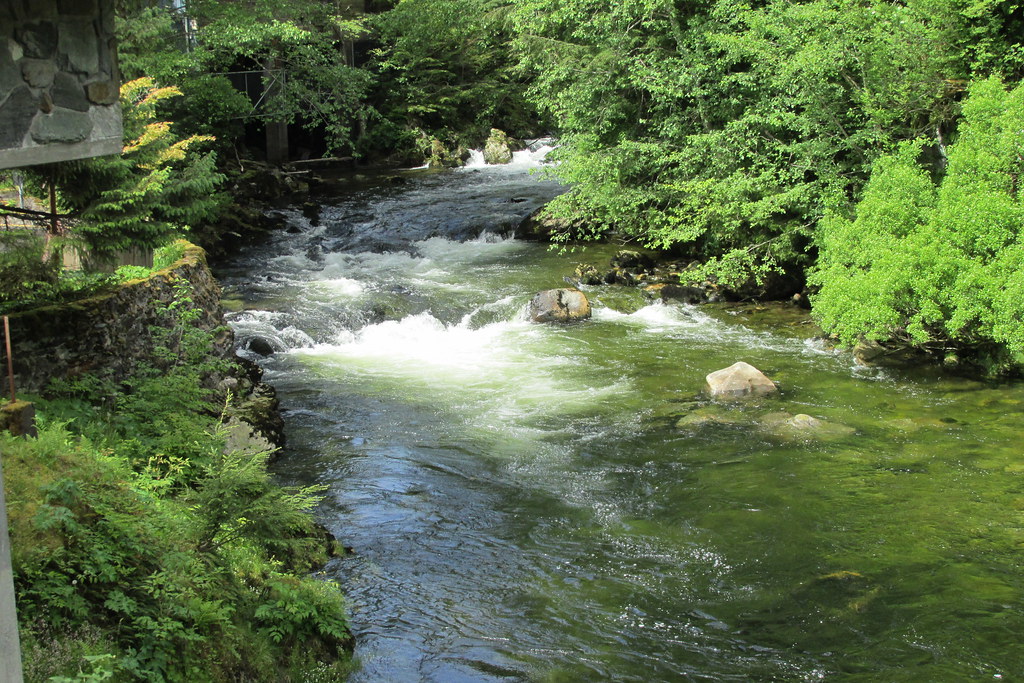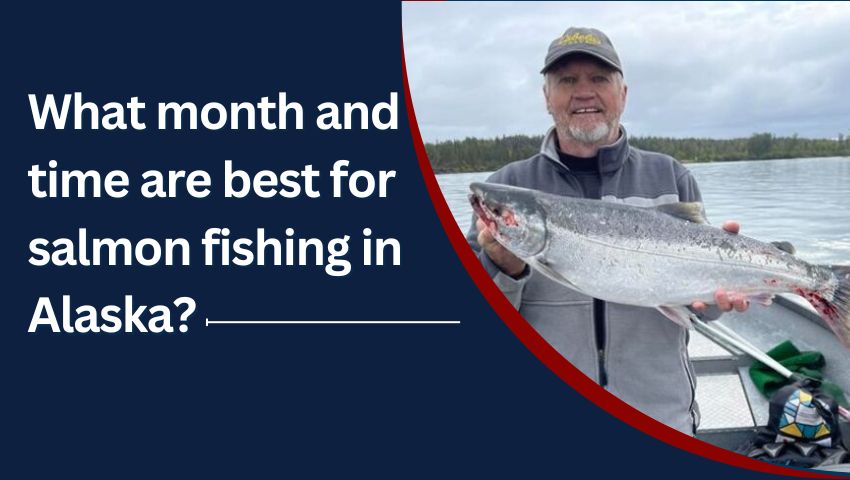What month and time are best for salmon fishing in Alaska?
Key Insights
The period between May and September is often considered as the busiest Alaska salmon fishing season. This period is when Alaska experiences its finest weather, which makes the fishing conditions more favourable and dependable to enjoy the best times exploring the surrounds. Additionally, the salmon fishing running in Alaska is at its peak during this time of year, making for potentially the most successful fishing experience for enthusiasts.
Long before modern society emerged, Native Alaskans engaged in the sport of salmon fishing. The food source for the Inuit, Yupik, and Inupiat people, salmon was and is the freshwater giant of all time. Any true Alaskan would tell you that the native people have a far better understanding of this area than any colonists ever could.
Their trade secret grew over time and gave rise to the prosperous salmon fishing business that exists today in the Alaskan seas. For those who live in Alaska, it should come as no surprise at all. In addition to being delicious, salmon puts up a fierce fight when hooked, thus making it a bit challenging for anglers and that’s what make it more thrilling for people who love fishing. For more information, keep an eye out for the Book Alaska Salmon Fishing Trip.
During the spawn, you will be able to experience the best fishing opportunities. At this time, one of the most thrilling fishing experiences that you will likely think about is putting out a fishing line and hooking a salmon. You need not look further if salmon fishing interests you in Alaska.
Types of Salmon
When discussing salmon fishing, it is essential to specify what kind of salmon you plan to target.
Every variety of salmon has a distinct period of year when it “runs,” or advances upstream.
Chinook salmon, sometimes referred to as king salmon, run from late May to late July. From mid-July to August, it is the turn of the pink and sockeye salmon.
Silver, or coho, salmon complete the spawn from July to October.
Getting Specific Regarding Alaskan Salmon Fishing
The water temperature and level determine the salmon flow. Physical barriers can be used to stop salmon from migrating upstream, particularly in situations where the water level is too high or too low. The same is true of temperature.
The way eggs develop in warmer and colder waters varies. For spawning to occur, the temperature must stay within a particular range, but small changes can affect the precise spawn time.
For all the information you find online, it is essential to verify those with your guide. You will not be familiar with the local understanding of water temp and levels if you are from out of town.
Ketchikan Creek

This creek is regarded as a classic example of Alaskan salmon fishing, as it consistently attracts some of the best salmon runs in Alaska. For a few weeks out of the year, the waters are assumed to be abundant with salmon.
The latter part of June and the first week of July often see the thickest king salmon season in Alaska run. There’s also excellent open-water fishing after the spawn. Ketchikan is directly in the path of kings in route to other spawning places.
The most productive period for Coho salmon fishing is from August end till October beginning. The large autumn run yields silver salmon weighing up to twenty pounds.
Conclusion
The optimal time to fish depends on your preferences and the kind of fishing you want to do; a guide will tell you the peak season for salmon running in Alaska. But, if possible, pick a time window during the week right after the season when the fish are well-fed and at their biggest size.
Knowing your locality, the weather, and past fish trends will help you choose the ideal time of year to go salmon fishing in Alaska. Stated otherwise, you can even consult with a local before scheduling your charter or refer to the blog “Where is the best place in Alaska for salmon fishing?“ for more interesting insights that can enrich your overall experience. They will be ahead of everyone else with their input.

